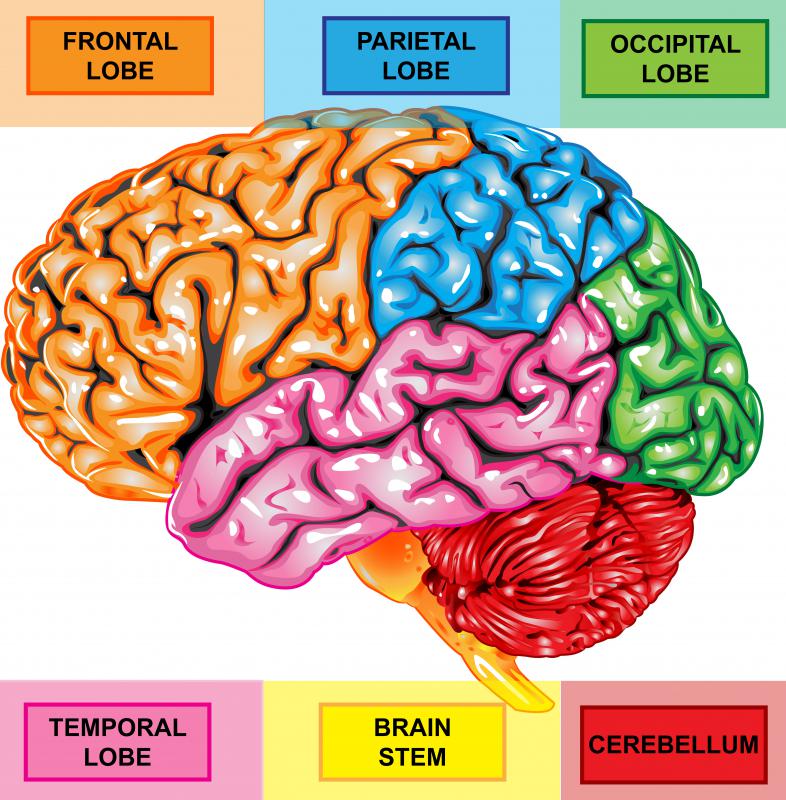At WiseGEEK, we're committed to delivering accurate, trustworthy information. Our expert-authored content is rigorously fact-checked and sourced from credible authorities. Discover how we uphold the highest standards in providing you with reliable knowledge.
What is Blindsight?
Blindsight is a rare occurrence in which an individual who is perceptually blind—that is, one who cannot consciously see—is still able to respond to some forms of visual stimuli. This unusual phenomenon is generally the result of damage to the occipital lobe, the part of the brain that is responsible for vision. The eyes still function normally but the part of the brain that translates visual stimuli into understandable sensory data is inoperable. An individual possessing blindsight is essentially blind, as he cannot read, distinguish colors, or see anything at all in the normal sense. Tests reveal that they are, however, capable of describing various features of a given visual stimulus with accuracy that cannot be explained by pure chance.
There are two main types of blindsight that scientists have observed and classified. People possessing type one blindsight are completely unaware of any visual stimuli. When pressed, however, they can describe aspects of visual stimuli such as movement and location with a great deal of accuracy. Individuals with type two blindsight possess an indirect awareness of the presence of visual stimuli and they may or may not be able to describe the location of an object. They may, for example, be aware of their eyes moving to track a moving object even if they cannot actually see the object.

The study of blindsight has revealed an interesting distinction between action and awareness of action. An individual can possess the ability to see but be completely unaware of this ability. This suggests a definite difference between conscious and unconscious mental processes as well. A blind individual cannot consciously follow an object as it moves across his field of vision. The fact that some individuals with blindsight are, indeed, able to track movement with their eyes clearly demonstrates some level of unconscious processing.
This phenomenon has also been demonstrated in people who do not suffer from complete blindness on several occasions. Damage to the primary visual cortex can cause scotomas, or "islands" of blindness, in a field of vision that is otherwise entirely normal. Just as in people who are completely blind, people with scotomas are sometimes able to predict the presence of visual stimuli with significant accuracy or they are able to follow a moving stimulus with their eyes. This is also referred to as blindsight, even though the individual may not be entirely blind. The eyes still function properly and the visual data is present, but the mechanisms by which that information can be transformed to comprehensible sensory data are nonfunctional.
AS FEATURED ON:
AS FEATURED ON:











Discuss this Article
Post your comments